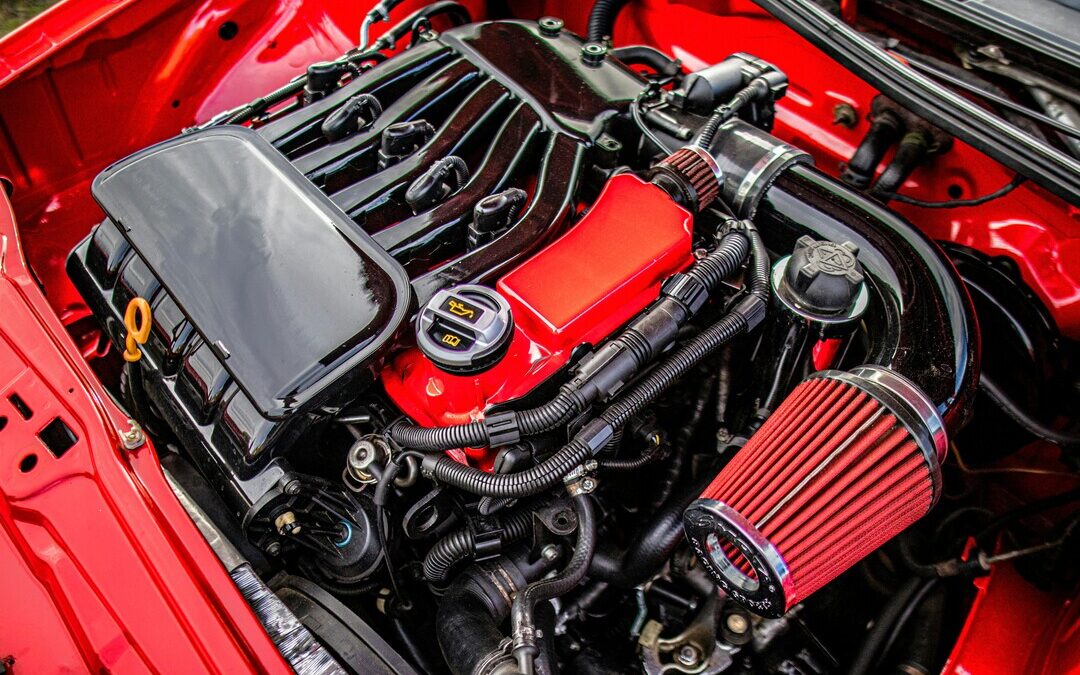New SBTi Draft Standard Targets Net-Zero Emissions in Auto Sector
SBTi launches pilot program to shape net-zero framework for automakers and suppliers ahead of 2050 climate goals.
The Science Based Targets initiative has called on automakers and auto parts manufacturers to pilot test its draft Automotive Sector Net-Zero Standard, a new framework that aims to help the industry cut greenhouse gas emissions in line with climate science and reach net zero by 2050.
The draft Automotive Sector Net-Zero Standard provides the first detailed roadmap for automakers to set greenhouse gas reduction targets under a framework tailored to their unique emissions profile.
While carmakers have been able to set targets under SBTi’s general Corporate Net-Zero Standard, the new sector standard incorporates criteria from the initiative’s Land Transport Guidance, which introduced a 1.5 degrees Celsius-aligned method for automakers in 2024.
Under the Land Transport rules, automakers must account for all “well-to-wheel” emissions, covering both vehicle manufacturing and the lifetime fuel use of cars, trucks, buses and two- and three-wheelers.
They are also required to phase out sales of new internal combustion engine passenger cars by 2035 in leading markets and globally by 2040.
By embedding these requirements, the Automotive Net-Zero Standard ensures that companies capture scope 1 and 2 emissions from operations as well as scope 3 emissions from vehicle use, which typically make up more than 90 percent of automakers’ climate footprint.
Building on Net-Zero Standard V2
SBTi’s Corporate Net-Zero Standard Version 2 strengthens accountability by requiring companies to publish transition plans, assess base-year performance with third-party assurance and set separate near-term and long-term targets across all scopes of emissions.
Version 2 emphasizes flexibility in addressing scope 3 emissions, encouraging companies to prioritize the most emission-intensive areas of their value chains.
It also proposes new ways to measure progress, including non-emissions metrics such as the share of revenue from net-zero-aligned products.
For automakers, this integration means their sector-specific obligations — such as real-world emissions testing, phaseout of internal combustion engines and well-to-wheel accounting — will sit within a broader corporate structure that applies across industries.
Pilot Testing and Consultation
SBTi said the pilot phase, expected to start in the fourth quarter, will allow participants to test the methodologies with real-world data, identify practical challenges and help refine assumptions before the standard is finalized.
“Pilot testing is a critical step to ensure the standard is both scientifically robust and operationally feasible,” the organization said in a statement. “By taking part, companies will help shape the final version and build capacity to set targets once the standard is published.”
Following the pilot, a second round of public consultation will open later this year. The final standard is expected in 2026.
Participation and Scope
SBTi is encouraging applications from companies of all sizes across the automotive value chain, from global automakers to component suppliers. Interested companies must apply by Sept. 12.
Participants will be selected based on criteria outlined in the Automotive Pilot Test Terms of Reference, including diversity of geography, company size and business models.
The transport sector is under particular scrutiny as governments tighten emissions regulations and investors demand greater transparency on climate strategies.
By establishing a sector-specific framework, SBTi aims to provide clarity and comparability for automakers struggling with fragmented reporting requirements and shifting policy landscapes.
“The vast majority of automakers’ emissions come from customers driving their vehicles,” SBTi noted in its Land Transport Guidance. “Addressing these use-phase emissions at 1.5°C ambition is essential for credible decarbonization claims”.
Next Steps
Companies accepted into the pilot will gain early access to tools, methodologies and technical support.
SBTi has stressed that feedback from the pilot will be incorporated into the final design, helping ensure the standard reflects operational realities in different regions.
For automakers, the initiative represents both a test and an opportunity: to influence the rules that will define credible climate action in one of the world’s most carbon-intensive sectors.
Also Read:
SBTi Launches Net-Zero Standard for Banks, Financial Institutions
Nirmal Menon
Related posts

Subscribe
Error: Contact form not found.


